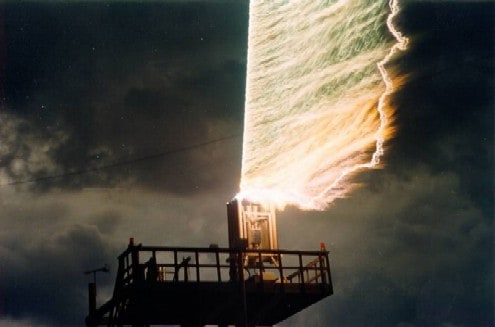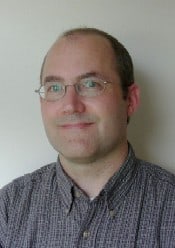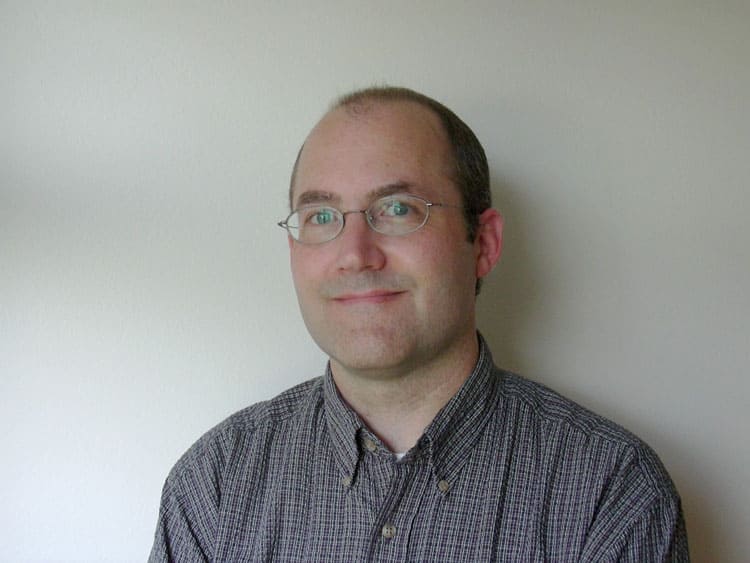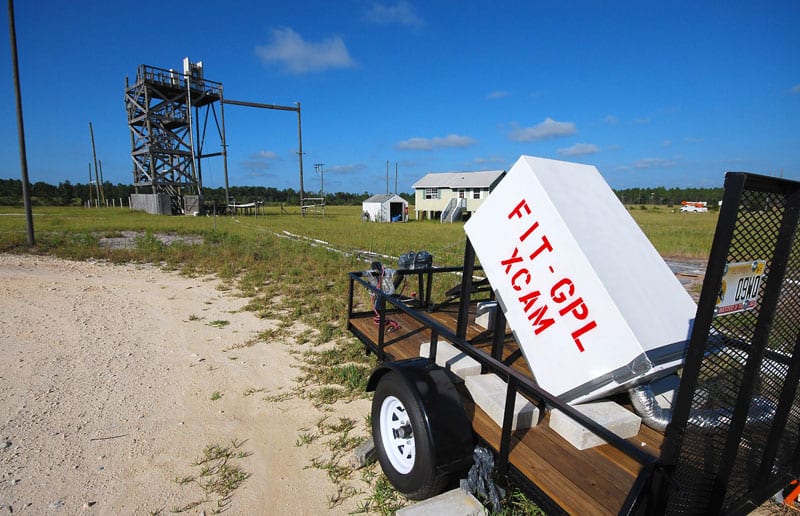Researchers in Korea have created a new metamaterial with the most extreme positive index of refraction yet – a whopping 38.6. The metamaterial operates at terahertz frequencies and the team believes that it could find use in a number of applications including high-resolution imaging.
The refractive index of a material defines the angle through which light is bent when it travels between a material and the vacuum. Ordinary materials such as glass have refractive indices between one and three at optical frequencies, with a few materials like silicon approaching four. Over the past decade or so, physicists have been developing artificial materials with negative indices of refraction. These metamaterials bend light in the opposite direction to normal materials and can be used to make invisibility cloaks and superlenses.
While this new material has a positive index of refraction, its value is so large that it could lead to new terahertz technologies for security scanning and cancer diagnosis. The researchers also believe that the metamaterial could find use in invisibility cloaks.
Lattice of I-shapes
Created by Bumki Min of the Korean Advanced Institute for Science and Technology, the metamaterial is a polymer film inset with a pattern of thin gold or aluminium shapes. The team set the I-shapes into the polymer using lithography techniques. The I-shapes were slightly less than 60 µm tall and wide and repeated every 60 µm in a square lattice so that the individual shapes don’t touch each other (see figure).
The team found that the material achieves its peak refractive index of 38.6 at frequencies near 0.3 THz. The value drops away at other frequencies, but the refractive index remains above 20 for frequencies near 0.35 THz.
A material’s index of refraction is a function of two electromagnetic properties. These are its permittivity, or the ease with which it is electrically polarized, and its permeability, which is the ease at which it can be magnetized. In Min’s metamaterial, the permeability remained ordinary, while the metal patterning boosted the permittivity by a considerable amount.
Resonating with the gap
When linearly polarized light is shone through the material, the metal pieces become electrically polarized. The tops and bottoms of the I-shapes act as capacitor plates with their oppositely-charged neighbours, setting up an electric field in the gap between the shapes. The strength of this field indicates the material’s permittivity. At certain frequencies, the wavelength of the light resonates with the size of the gap, resulting in a stronger electric field. This increases the permittivity further and results in a high maximum refractive index.
By changing the size of the I-shaped pieces, and so changing their distance from one another, the researchers tested gaps between the metal edges of 30 µm down to 80 nm. This smallest spacing was achieved with aluminium, which was set into the polyimide with the help of more precise electron-beam lithography. The refractive index rose rapidly for gaps below about 5 µm, and the aluminium material, with its tiny gaps, had the highest maximum index.
The researchers also made thicker versions of their metamaterial, generating up to five layers of the gold pattern. In this material, each layer’s response is superimposed on the others, and as a result Min says it “exhibits a completely different bulk refractive index profile from that of a single-layer profile”.
For the five-layer material, the I-shapes were only 40 µm square, and the maximum refractive index of 33 was well above other measurements for gold. The high index was also maintained for a broader band of frequencies, remaining above 15 between 0.7 and 1.8 THz.
Skin cancer treatment
Jung-Tsung Shen of Washington University in Missouri calls the work “very significant”, noting that the Korean team’s high-index material is also flexible rather than rigid. “I believe their results could find potential applications in many situations where terahertz frequencies are used,” he says, citing security checkpoints and skin cancer diagnosis.
The metamaterial’s refractive index scales with that of the metal’s host. The researchers believe that higher refractive indices can be constructed by replacing the polymer with a material whose own refractive index is high, such as lead sulphide. Moreover, as demonstrated by the aluminium prototype, the thinner gaps between the metal pieces strengthen their capacitive behaviour – and hence the permittivity of the material.
And, Min says that the development of high-index materials may still lead to invisibility. “The broadened index spectrum will provide more design freedom in the path control of electromagnetic waves,” he says, potentially shrinking cloaking devices. “Positive high refractive index will also be useful for various applications such as high-resolution imaging.”
The work is reported in Nature 470 369.



